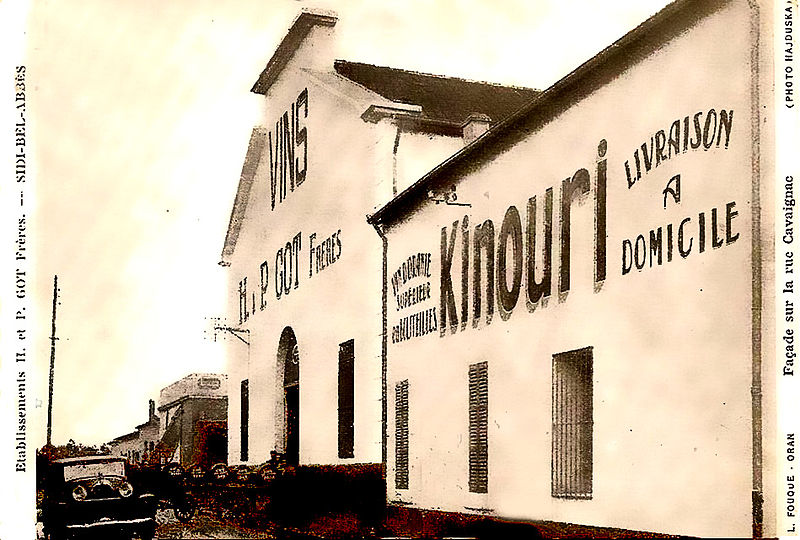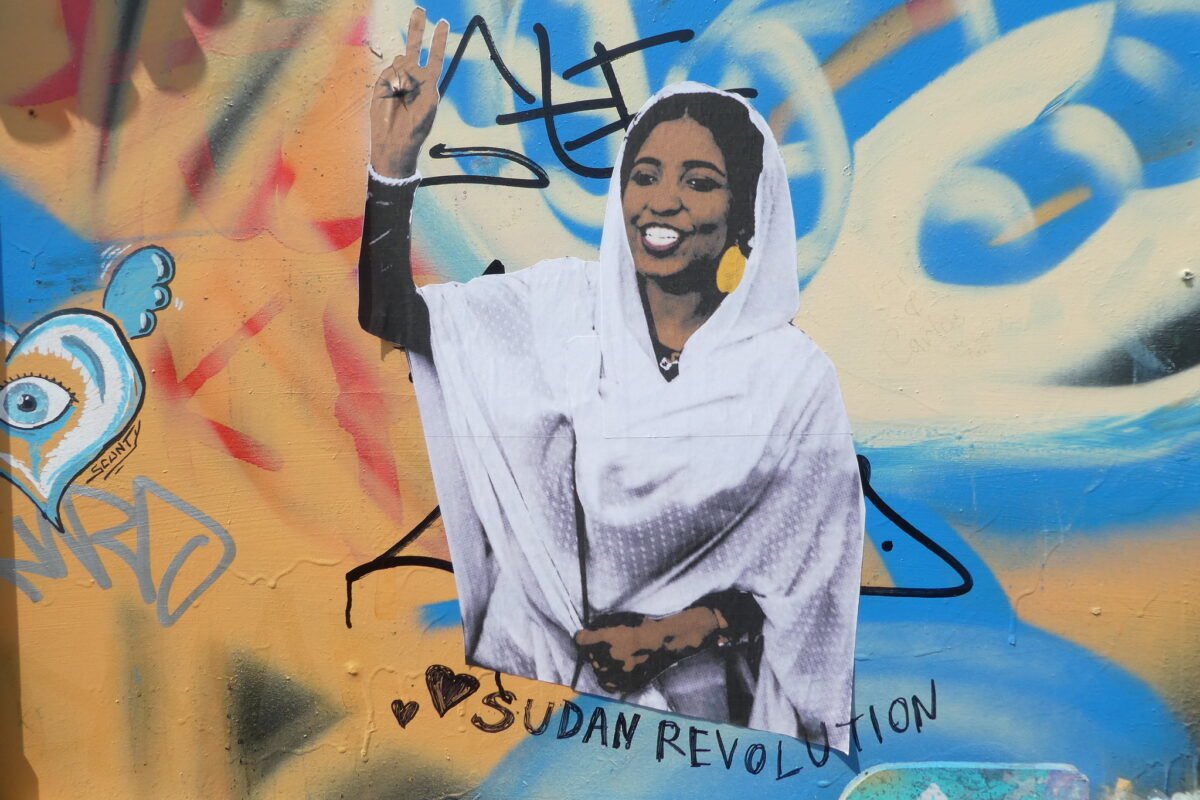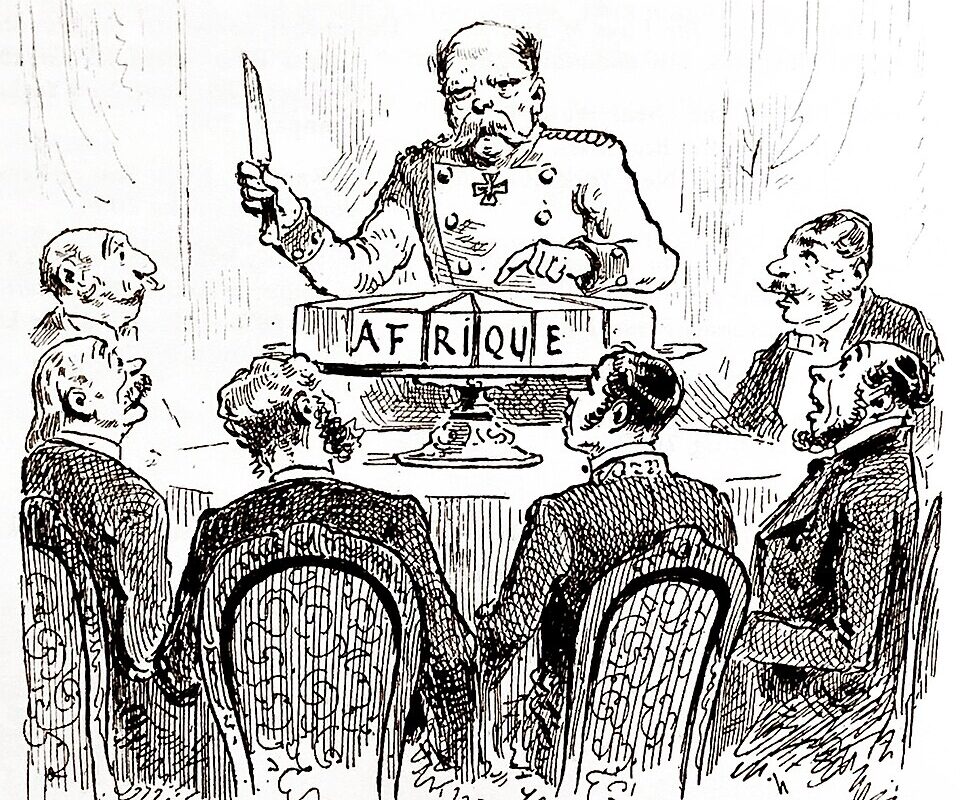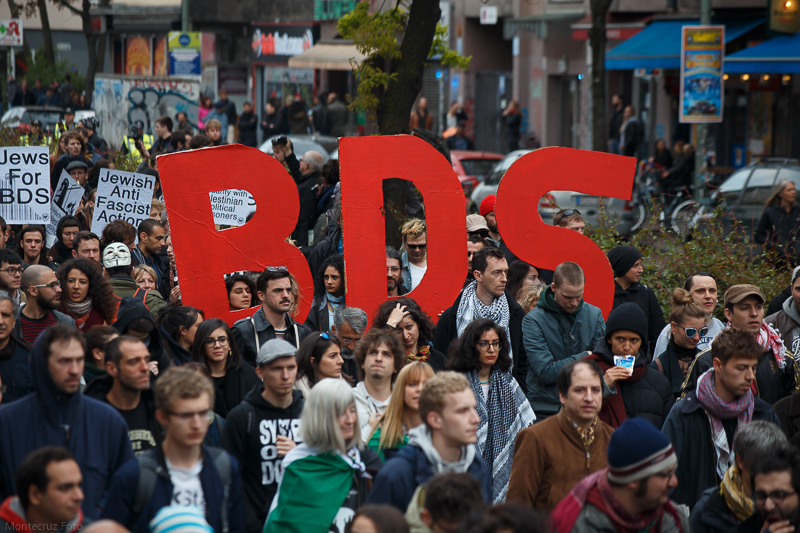The French colonial project in Algeria (1830-1962) simply reinstated feudalism knowing that the nefarious institution was abolished in France in consequence of the French revolution of 1789. Frances’ prized colony, Algeria, however, provided a second life for feudalism. Hence Owen White’s The Blood of the Colony, which comes at an appropriate time for Algerians, just two years since the popular uprising of February 2019, otherwise known as le Hirak.
Besides being a story of dispossession together with the rise and fall of certain colonial elites, White’s book is a narrative on how postcolonial Algeria was set long before its chronological birth on the highway for dependence. The Blood of the Colony facilitates the reader’s thinking that a cash crop-based economy, much like rentier ones, is a recipe for disaster. But what historians generally fail to seize is how the evil from dependency on one product is not the product itself, but the imposition of the wage labor system where populations are forced to work for this economy or else die.
The book proceeds in the way a song escalates the melody in a slow but eye-opening crescendo. Tracing the story of the wine in the prized French colony of Algeria does not restrict itself into a story of wine only. That reading will not only be flat and unidimensional, but simply erroneous. Instead, and through the rise and fall of wine, readers may capture how primitive accumulation functions.
Substitute oil with wine and the reader is back to square one, White’s colonial account of dispossession, traced through wine.
In other words, the integration of Algeria into the world economy, a policy followed to this day, does not serve the population of Algeria. It facilitates the confiscation of local wealth: its pumping from periphery to the center, that is, from the distant rural districts of the Algerian countryside to Wall Street. That story is brilliantly summarized in the words of the leader of the last armed rebellion of what was back then known indigenous Algerians, Yacoub ben El-Hadj Mohamed, on the occasion of his trial in 1902 and which White quotes. The land appropriations were meant not only as spectacles of brute force. Colonial policies of land appropriation along with the closure of common lands and forests have been capitalistic measures to force Algerians for wage labor.
Karl Marx (1818-1883) specifies that without wage labor capital simply asphyxiates and eventually dies. Indeed, this policy of land appropriation, however anti-emancipatory, have never been reversed, even after regaining political independence in 1962. Shutting off means of independent subsistence is what colonial and postcolonial planners have always excelled in, and executed to the letter. The proletarinization of the people has been the underlying ideology of both colonial and postcolonial Algeria.
The apparent difference, if any, remains an act of spectacle making or what the French brilliantly captures through the expression: faire de cinéma, that is, never of great significance or consequence. How else to explain the country’s endemic dependence on exporting hydrocarbons, and only hydrocarbons, well after sixty years since independence? Substitute oil with wine and the reader is back to square one, White’s colonial account of dispossession, traced through wine.
In addition to an introduction and conclusion, White’s volume makes its argument in seven chapters. Chapter One: “Roots, Antiquity to 1870” discusses how colonists were encouraged less to compete and more to complement the metropole. The early colonial planners sought to diversify farming habits by encouraging the cultivation of cereals. The hunt for profit made this state policy out of touch with reality. The colonial pioneers understood the complementing of the metropole as the strangulation of the colony.
“Phylloxera and the Making of the Algerian Vineyard 1870 to 1907” brings to the fore how phylloxera—a disease—that spread in the Midi region in the metropole from the 1850s to 1870s broke the pact between colonial policy makers and large farmers. The disease or the shortage of wine supply it caused made a niche—in fact, not a small market—for Euro-Algerian cultivators. Understandably, the vintners become extremely powerful and instructing them to complement the metropole becomes ever more challenging.
“Companies and Cooperatives, Work and Wealth 1907 to 1930” testifies that even when aware that reversing the economic wheel in favor of complementarity cannot be executed, the colonial planners sought to organize the market in the hope of minimizing the nefarious effects from disorganization. What this policy in the end achieved was to help filter big agro-capitalist, vintners, from small-scale farmers.
“Algeria and the Midi: the 1930s (I)” illustrates that disputes over access to the French wine market between Euro-Algerian and Metropolitan agricultural capitalists persisted. Through a set of restrictive laws which both knew how to abuse and bypass, the two agro-capitalists resolved problems by enacting policies that shored up their interests and disenfranchised the small wine producers.
“Labor Questions: the 1930s (II)” elaborates on how it was only when Algerian indigenous wage laborers’ standards of living entered the picture that the consensus between big wine makers in Algeria revealed its deficiencies. With the activism of members of the French communist party, wine producers started becoming victims of vandalism: large scale uprooting of vine trees at night. In this context, while small owners sought to fix the situation and reform the law in favor of a pay rise, large owners remained manipulative and thought that large-scale mechanization was the way out both to avoid the pay rise and drive the small producers out of the market for good.
“Wine in the Wars, 1940 to 1962” shows that WWII brought a standstill to rivalries over labor. Everyone stood behind the metropole in distress. But the end of the war witnessed new challenges in the wine market: heavy mechanization and a drive towards quality wines. Sensing France’s diminishing commitment for maintaining its empire, we read that it is during this period, exactly before War of Independence in 1954 and after its commencement where the big agro-capitalists started relocating to France, Switzerland and even Canada.
“Pulling up Roots since 1962” illustrates how the nascent nation-state struggled to cut its umbilical cord with the overall wine culture and industry. The book closes with how the epic story of wine in Algeria ends with a nostalgia. The author follows the fortunes of a chemical engineer in one of the last-functioning colonial winepresses near Oran.
In “Epilogue: The Geometry of Colonization”, White sees the fall of the wine cultivation and industry as ushering in not only the end of colonization as such but its geometry, that is, the ways it claims a second life for the same mode of production bent on fetishizing human beings. For Algeria eventually made it without wine but only through oil, another ‘cash crop’, possibly worse, since oil needs far fewer hands and logistics to handle but itself has far more market value.
Perhaps, White’s fixation on wine makes it harder for readers to trace how oil, ever since independence, has been an existential deterrent and an economic impossibility for whatever project spearheading a truly egalitarian polity in Algeria.
The sources of The Blood of the Colony boasts of audits from banks, French ports entry records, court proceedings, administrative archives. The book comes across as a labor of exceptional dedication and passion. Its reading flies, making it simultaneously an insightful but arduous undertaking. Myself coming from Médéa (south of the Algiers region), large property owners’ names such as the Archbishop Charles Lavigeri, Michel-Louis Pelegri, Saint Germain and Albert Malleval are not uncommon and dominate postcolonial memory.
These agro-capitalists or the powerful vintners literally sucked the blood of my ancestors; their form of primitive accumulation made chattel slavery a blissful experience in comparison. White recalls how Russian convicts serving in Euro-Algerian vineyards around the 1920s observed that wine cultivator’s treatment of indigenous Algerians was worse than “walking cattle”. Still, some of these cultivators were keen enough not to remain stuck for ever in the curse, otherwise known as the wine industry. Soon enough they learnt to adapt and invest elsewhere, and contrary to received wisdom, Algeria’s political independence simply vindicated their plans to go global.
But instead of situating the rise and fall of wine as a class struggle, White goes against his own method and does not crystalize that class dimension. Instead, the uprooting of the vineyards after independence read for him as a nationalist policy spearheaded by the FLN. Similarly, the labor troubles or conflicts he discusses in chapters five and six cannot be reduced into mere labor troubles.
Even if the scale of uprooting vineyards by FLN activists during the war of independence (1954-1962) was limited, its symbolism however specifies that these activists had seized on historical necessity of reversing dispossession through the class dimension, never through identity based politics, be it religious or linguistic. To overlook this class dimension is to perpetuate the conditions of possibility for inequality and dispossession. Unfortunately, this is what happened as the FLN become the shadow of what it used to stand for at its inception. As soon as negotiations for independence became serious, the FLN peeled the insurrectionary rhetoric of the class struggle and wore the nationalistic one.
…the motoring principle that facilitated this equation is wage labor, that is, the proletarinization of large swathes of the Algerian population during the conquest period (1830 to 1880s).
Perhaps, White’s fixation on wine makes it harder for readers to trace how oil, ever since independence, has been an existential deterrent and an economic impossibility for whatever project spearheading a truly egalitarian polity in Algeria. Reading wine, oil, gold or les terres rares (there are estimates that Algeria boasts of solid reserves in the latter) less phenomenologically exacerbates the alienation of the subaltern, their permanent status outside history.
It is true that vine cultures had been behind so much misery, and that is why the duality of rise and fall is never adequate as an analytic matrix (as the author himself testifies in the introduction). Still, the motoring principle that facilitated this equation is wage labor, that is, the proletarinization of large swathes of the Algerian population during the conquest period (1830 to 1880s). Disenfranchised Algerians could not survive without selling their labor, a process which oil and gas has only intensified, never reversed. Hence, the story of wine or oil cannot be a story of wine or oil only.
The Blood of the Colony helps interested readers and today’s democracy activists to see how Algeria was set on the political economy designed to keep it dependent on a single cash product which in the late nineteenth century and the beginning of the twentieth was wine, and which soon after independence become oil. More than serving the root for de-growth and underdevelopment, dependency on one export simply fetishizes man as laborer.
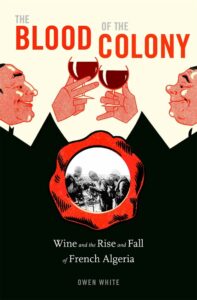
White, Owen. 2021.
The Blood of the Colony: Wine and the Rise and Fall of French Algeria.
Harvard University Press. HARDCOVER: $39.95 • £31.95 • €36.00; ISBN 9780674248441; pp. 336.
Reviewer: Fouad Mami,
Department of English
Université Ahmed Draia, Adrar (Algeria)
